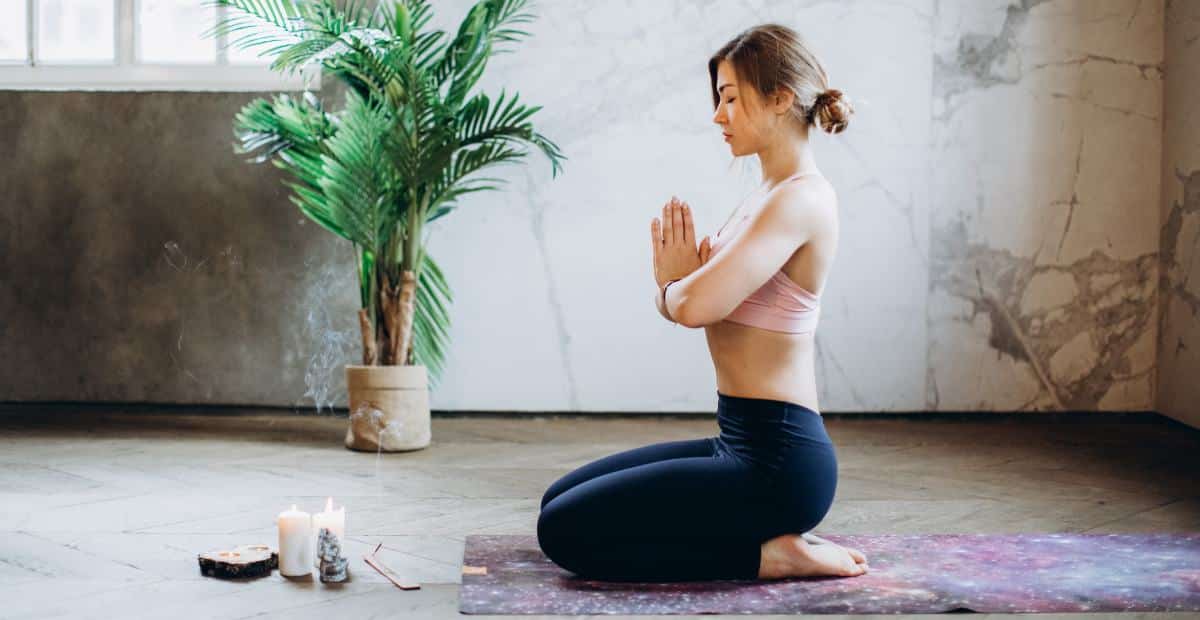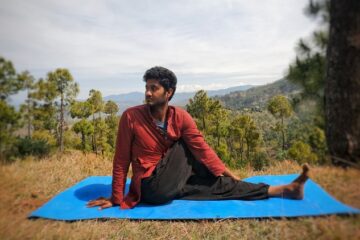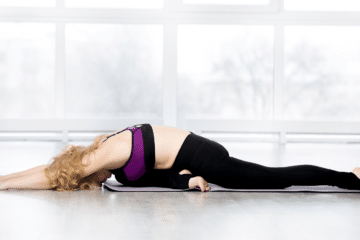In the ancient practice of Hatha Yoga, the breath is revered as a bridge between the body and the mind, a powerful tool for cultivating inner peace, vitality, and well-being.
Pranayama, the yogic science of breath control, offers a diverse array of techniques designed to harness the transformative power of the breath.
In this article, we delve into the rich tapestry of Hatha Yoga pranayama techniques, exploring their benefits, principles, and practical applications for enhancing health and vitality.
Understanding Pranayama
Pranayama is derived from two Sanskrit words: “prana,” meaning life force or vital energy, and “ayama,” meaning expansion or extension. Together, pranayama signifies the expansion and control of the life force through breath regulation.
By consciously manipulating the breath, practitioners can influence the flow of prana in the body, harmonize the energy channels (nadis), and cultivate a sense of balance and harmony within.
Key Pranayama Techniques in Hatha Yoga:
- Ujjayi Pranayama (Victorious Breath): Ujjayi pranayama involves breathing slowly and deeply through the nose while constricting the back of the throat slightly, creating a soft hissing sound. This technique calms the mind, soothes the nervous system, and enhances concentration and focus. It is often used during yoga asana practice to synchronize movement with breath and cultivate internal awareness.
- Nadi Shodhana Pranayama (Alternate Nostril Breathing): Nadi Shodhana pranayama involves alternating the flow of breath between the left and right nostrils using the thumb and ring finger to close off one nostril at a time. This technique balances the two hemispheres of the brain, purifies the energy channels, and promotes a sense of equilibrium and mental clarity. It is particularly beneficial for reducing stress and anxiety.
- Kapalabhati Pranayama (Skull-Shining Breath): Kapalabhati pranayama involves rapid, forceful exhalations followed by passive inhalations, creating a pumping action in the lower abdomen. This dynamic breathing technique increases oxygenation, detoxifies the body, and invigorates the mind. It is often practiced as a cleansing ritual to purify the respiratory system and awaken the vital energy.
- Bhramari Pranayama (Bee Breath): Bhramari pranayama involves inhaling deeply through the nose and exhaling slowly while making a humming sound like that of a bee. This soothing technique calms the nervous system, reduces stress, and induces a sense of tranquility and inner peace. It is often practiced before meditation or bedtime to quiet the mind and promote relaxation.
Practical Tips for Practicing Pranayama:
- Find a comfortable seated position with the spine tall and the shoulders relaxed.
- Begin with a few rounds of gentle diaphragmatic breathing to settle the mind and body.
- Start slowly and gradually increase the duration and intensity of each pranayama practice.
- Practice pranayama on an empty stomach, preferably in the morning or evening.
- Listen to your body and honor its limitations, avoiding any strain or discomfort during practice.
Conclusion
Hatha Yoga pranayama techniques offer a gateway to profound states of relaxation, vitality, and inner peace. By incorporating these ancient practices into your daily routine, you can harness the transformative power of the breath to cultivate health, harmony, and well-being in body, mind, and spirit.
Whether you’re seeking to reduce stress, enhance mental clarity, or deepen your spiritual connection, pranayama offers a path to awakening the inherent wisdom and vitality within.



